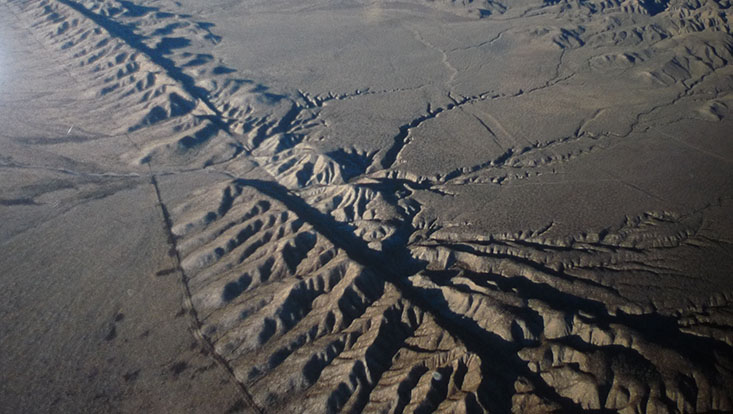Emissions trading: "A powerful tool that’s become much too complicated”
16 April 2018, by C. Krätzig CEN Universität Hamburg

Photo: UHH/RRZ/MCC/Mentz
The EU has once again reformed its emissions trading system—even though the previous reform had yet to go into effect. Grischa Perino, professor of economics at Universität Hamburg, has taken a closer look at the planned changes for the journal Nature Climate Change. His conclusions: The changes will not permanently fix the flaws in the system and may even undermine other climate protection policies. They are also so complicated that it is nearly impossible to take stock of the consequences.
Mr. Perino, the EU has reformed the Emissions Trading Scheme (EU ETS). Why? What was wrong with it?
They system had always been conceived in phases so that it could be adjusted every 8 to 10 years. So reforms are nothing unusual. This time, however, there are fundamental changes because the prices for certificates, meaning the right to emit greenhouse gases, have roundly failed to meet expectations. They only cost about €5–10 rather than the expected €30–40.
Such low prices do not motivate companies, however, to invest in climate-friendly technologies, which is essential if the EU is to reach its climate goals.
To drive investment, you need to raise prices. That’s why the EU already decided in 2015 to introduce a complicated mechanism known as the market stability reserve.
The idea is that the number of certificates on the market in a given year reflect real demand—in the past, the number was set long before by policy-makers.
Starting in 2019, the market stability reserve will soak up the certificates if so many are on the market that companies hoard them. Then emissions rights will become scarce and their prices will rise.
The problem is that the certificates kept off the market will be disbursed again once the companies have used up their reserves and prices will go down again. So the mechanism only works for a short time.
Will this even reduce emissions? Or will they just go back up later?
Initially, the idea was to make the withheld certificates available again at a later point. This, of course, would have done little for climate protection. That’s why the EU has now made it possible for the first time to get rid of the certificates. Starting in 2023, they will look to see how many certificates are in the market stability reserve and how many have companies bought. If there are more certificates in the reserve than the companies have bought, the surplus will be “deleted.”
That sounds good, doesn’t it?
In theory, yes, but I have reservations about the implementation. Because it has been possible to save emissions rights since 2008, the mechanism is retroactive. If the rules are also retroactive, governments and companies cannot plan reliably. Yet it is especially important for climate protection to ensure that the various tools such as emissions trading or, for example, the energy revolution and fossil fuel phase-out are coordinated long-term.
The system has become unbelievably complicated. I doubt that those involved can figure out how the market stability reserve is going to impact prices and total emissions. Furthermore, the effects change from year to year because of changing rules and they only become clear in hindsight—as in this case. But how can we make meaningful decisions, how can we weigh whether or not it’s worth investing in climate-friendly technology?
How would you improve the system?
To raise the certificate prices, simple measures would suffice, for example, introducing a price minimum. As a next step, you could create a direct link between the price and the number of certificates. Or create a central bank for emissions rights. There is no dearth of ideas to improve emissions trading, which is actually a simple and powerful instrument. Now, however, regulations are being passed that are ludicrously complicated and yet generally ineffective.
Grischa Perino's article in Nature Climate Change.
Grischa Perino's article at Deutsches Klima-Konsortium e. V.
Grischa Perino is professor of economics in the Department of Socioeconomics, a member of the Centre for Globalisation and Governance (CGG) and of the Center for Earth System Research and Sustainability (CEN) at Universität Hamburg.
The interview was conducted by Christina Krätzig (CEN).

